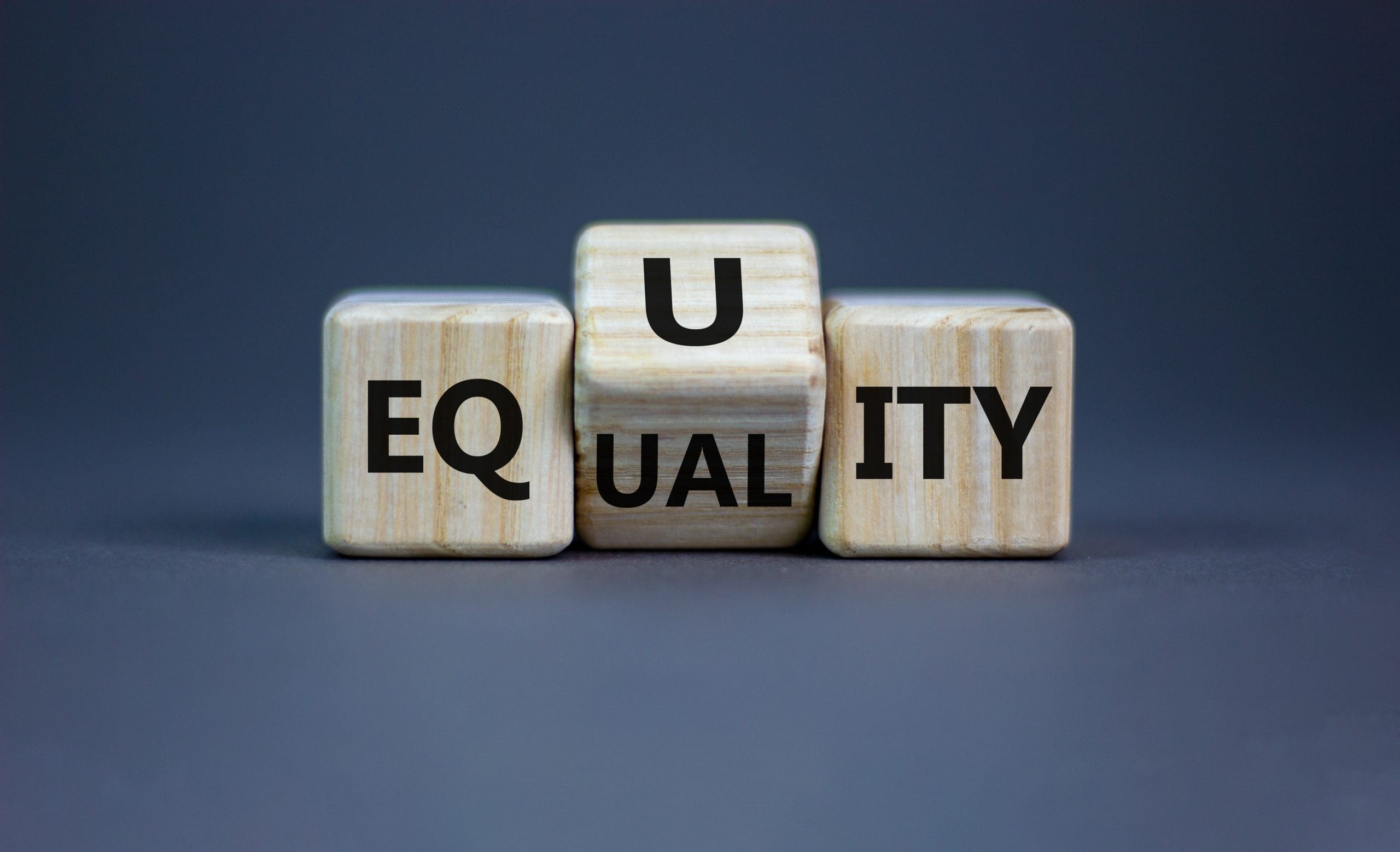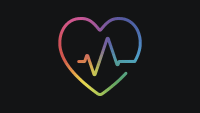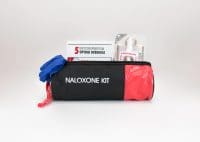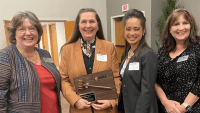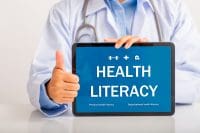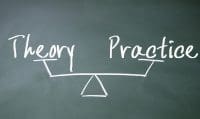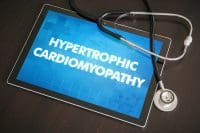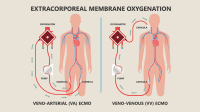HEALTH INEQUITIES were recognized as early as the 1800s, came to the forefront of politics in the 1980s Regan era (Dawes, 2016), and continue to be addressed into the future with the Department of Health and Human Services’ Healthy People initiative (Fee, 2017). Healthcare equity is often equated with or emphasized by health disparities or social determinants of health, those things about a person or group of people that lead to differences in health status and health care including race, ethnicity, culture, education level, socioeconomic status, and sexual orientation.
Healthcare equity is more than recognizing that inequities exist. It is a social, moral, financial and legal issue. It can be collectively defined as efforts to eliminate disparities while ensuring provision of equitable healthcare to all, no matter what social determinants may apply. Healthcare equity is training and educating both patients and healthcare providers with the knowledge and skills to accomplish all of this.
Improvement Through Education
Areas of Focus
Implicit bias and improvement science.
Implicit bias is referred to as unconscious or unthinking discrimination. It occurs when, despite our own best intentions and affirming ourselves as not having prejudicial ideas, we unintentionally treat individuals differently based on stereotypes. It has been noted that a majority of healthcare providers have an anti-black bias that is not reflective of their own norms and values, but rather of messages that they have received about race (Institute for Healthcare Improvement, 2016). If there is this pervasive anti-black bias, what are our unrecognized biases towards other races and populations?
Improvement science, focuses on learning from actions that have occurred by gathering the knowledge produced by those actions and creating improvements. It has been suggested as a best method of addressing health equity (Institute for Healthcare Improvement, 2016). The Carnegie Foundation further describes improvement science as a practice-focused, us-er-centered and problem-centered approach that improves teaching and learning with “learning-by-doing” (Carnegie Foundation for the Advancement of Teaching, 2019b, para. 2).
Professional development education.
Educational programs and facilities that deal with the provision of healthcare, nursing, medicine, psychology, social work, speech-language pathology, etc., should include professional development focused on equity in healthcare reform in their educational programming.
Professional development education can assist students and seasoned healthcare providers with incorporating equity principles throughout their education and professional practice. Including discussion and emphasis on implicit bias in healthcare education can allow for more open-minded and equitable thinking in the workforce.
Utilizing the Carnegie Foundation principles of improvement science (Carnegie Foundation for the Advancement of Teach-ing, 2019a) can provide a basis for learning outcomes and discussion starting points.
Make the work problem-specific and user-centered
- How can we ensure that we maintain this grounded approach and focus with each patient interaction when so many occur daily.
Variation in performance is the core problem to address
- Self-awareness and reflection in our professional actions need to be emphasized. What triggers us to realize that we are per-forming differently for one patient versus another and how do we prevent or deter this variation?
See the system that produces the current outcomes
- Healthcare providers need to understand the concepts of implicit bias and improvement science to be able to grow in knowledge and application of the principles, allowing them to address health equity head-on.
We cannot improve at scale what we cannot measure
- Healthcare providers can work towards development of approaches and techniques that can measure impacts on health eq-uity, anticipate potential complications, and developing proactive measures to address those situations.
Anchor practice improvement in disciplined inquiry
- Plan, Do, Study, Act is well known in healthcare quality improvement, and the Carnegie Foundation emphasizes its applicability in dealing with health equity at a fast pace and learning from failures as well as improvements (Carnegie Foundation for the Advancement of Teaching, 2019a).
Accelerate improvements through networked communities
- Collective effort is stronger than individual effort. Interdisciplinary education and teamwork is essential and can create approaches to health equity that create stronger networks dedicated to equal healthcare for all.
Conclusion
Health professionals are dedicated to caring for others and should be the ones charged with improving the delivery and accessibility of that care. If we work together to enrich education and are dedicated to improving equity, we can improve healthcare for all. Efforts focused strictly on healthcare reform from a political standpoint would fall short if that reformed care is not experienced by everyone.
References
Carnegie Foundation for the Advancement of Teaching. (2019a). Our ideas: The six core principles of improvement. https://www.carnegiefoundation.org/our-ideas/six-core-principles-improvement/
Carnegie Foundation for the Advancement of Teaching. (2019b). Our ideas: Using improvement science to accelerate learning and address problems of practice. https://www.carnegiefoundation.org/our-ideas/
Dawes, D. (2016). Why health equity matters in an era of health care transformation. https://www.aamc.org/news-insights/insights/why-health-equity-matters-era-health-care-transformation
Fee, E. (2017). The history of health equity: Concept and vision. http://diversityhealthcare.imedpub.com/the-history-of-health-equity-concept-and-vision.php?aid=19224
Institute for Healthcare Improvement. (2016, February 17). What is health equity, and why does it matter [Video file]. https://www.youtibe.com/watch?v=NWNgUXyvDuo&feature=youtu.be

